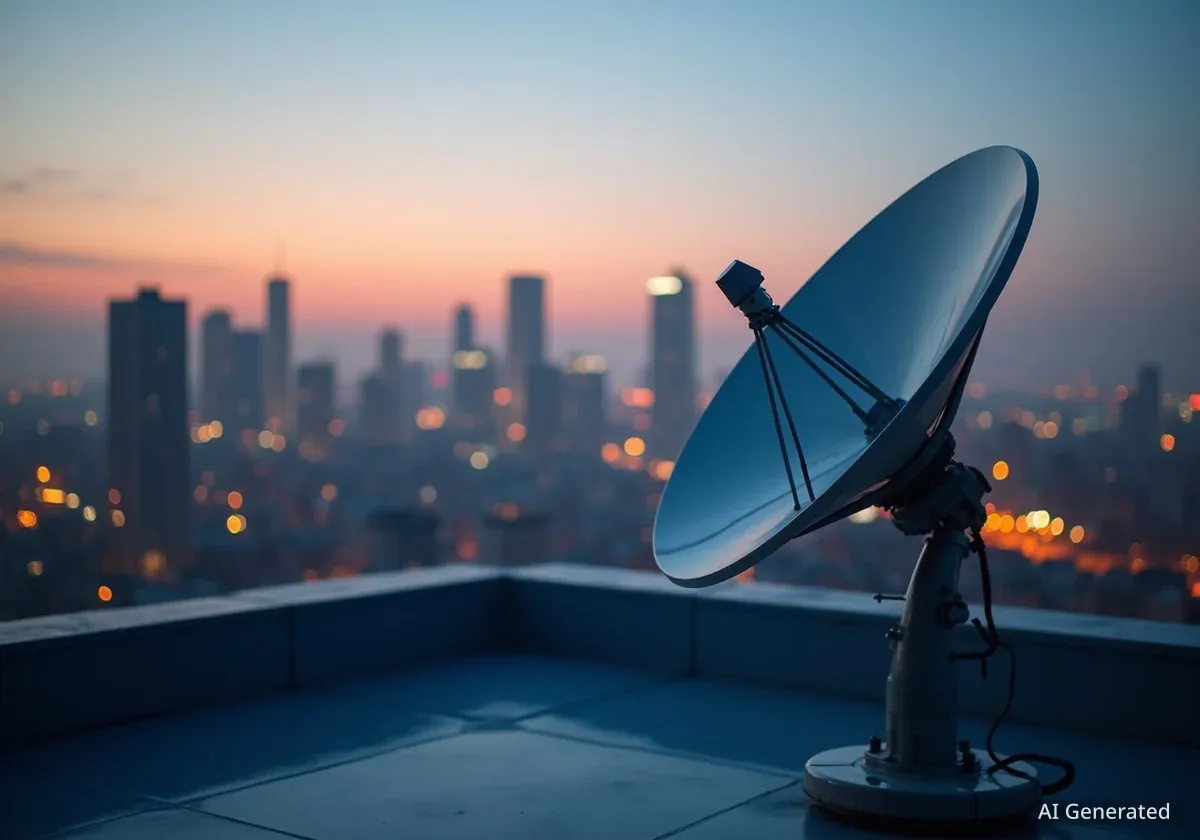Advocates for space science gathered on Capitol Hill on October 6, 2025, for a major event aimed at raising awareness and support for planetary exploration and research. The event, organized by groups including The Planetary Society, brought together citizens and members of the scientific community to engage with policymakers.
While the rally highlighted a strong grassroots passion for space science, it also brought attention to longstanding divisions within the broader U.S. space community. Observers noted internal disagreements over priorities, communication strategies, and the roles of government, commercial entities, and human versus robotic exploration, which could impact the effectiveness of such advocacy efforts.
Key Takeaways
- A significant space science advocacy event was held on Capitol Hill on October 6, 2025, with The Planetary Society as a key organizer.
- The event aimed to demonstrate public support for space science to policymakers, likely in response to potential funding cuts.
- Reports indicated communication challenges, with some media outlets receiving late notice about press availability.
- The gathering underscored deep-seated divisions within the space sector, particularly between proponents of human spaceflight, robotic science missions, and the commercial space industry.
- Experts suggest these internal conflicts risk diluting the community's message and weakening its influence on policy, especially when competing with more immediate public concerns.
Advocacy and Outreach on Capitol Hill
On Monday, citizen advocates and science supporters participated in a focused day of action in Washington, D.C. The primary goal was to directly communicate the value of space science missions to members of Congress and their staff. Each participant, according to organizers, represented a much larger constituency of supporters who could not attend in person.
The event was structured to facilitate direct engagement between the public and lawmakers. However, details surrounding media access appeared to be organized at the last minute. An impromptu media session was announced late the preceding evening, leading to concerns that the event might not achieve maximum press coverage. Some information about the media availability was reportedly circulated by sponsoring organizations rather than directly from the primary organizers, highlighting potential coordination issues.
Event Promotion Concerns
Several organizations participating in the advocacy day conducted limited promotion beforehand. This has raised questions about the overall strategy for maximizing the event's impact and ensuring a consistent, powerful message is delivered to both policymakers and the public.
Despite these logistical challenges, the turnout from individual supporters was seen as a success. The presence of passionate citizens on Capitol Hill is a testament to the dedicated community supporting planetary science and robotic exploration. The core message was clear: continued federal investment in space science is critical for discovery and innovation.
Deep-Seated Divisions in the Space Community
The Capitol Hill event also served as a backdrop for the complex and often competing interests within the American space enterprise. Analysts point to several distinct factions whose differing priorities can complicate unified advocacy efforts. These internal debates create challenges when presenting a single, coherent vision for the future of U.S. space activities.
Human Spaceflight vs. Robotic Science
One of the most prominent divides exists between the human spaceflight and space science communities. Proponents of space science often argue that robotic missions, or "droids," provide a significantly higher scientific return on investment. They contend that uncrewed probes, rovers, and telescopes can explore more distant and hazardous environments for a fraction of the cost of missions involving astronauts.
Conversely, the human spaceflight camp emphasizes inspiration, technological development, and the unique problem-solving capabilities of having humans on-site. They often frame science as a key activity for astronauts once they reach their destination, such as the Moon or Mars. However, some in the science community feel this approach treats science as a secondary objective rather than the primary driver of exploration.
The 'Payload' Perspective
The term "payload" is central to the debate. For commercial launch providers and some human spaceflight programs, scientific instruments are often categorized simply as cargo to be transported. This perspective can create friction with scientists who view their instruments as the very purpose of the mission, not just another item on a manifest.
The Role of Commercial Space
The rapid growth of the commercial space industry has introduced another layer of complexity. Companies in this sector often assert they can perform many of NASA's functions more efficiently and at a lower cost. This has created a sense of competition with traditional government-led programs.
Both the established space science and human spaceflight communities have expressed wariness toward the commercial sector. A key concern is that a purely commercial approach might prioritize profit over scientific discovery or national exploration goals. This tension between public good and private enterprise is a central theme in ongoing policy discussions.
"The space science crowd does not talk about human spaceflight – droids are better. The human spaceflight crowd simply says they 'do some science' after they land. Commercial space companies think they can do everything NASA does – better."
These differing viewpoints create a fragmented front. When each group advocates for its own priorities, it can be difficult for lawmakers to discern a clear, unified path forward for the national space program.
Connecting with the Public Beyond the 'Space Bubble'
A persistent challenge for the entire space community is communicating its relevance to the general public. For many people, the goals of space exploration can seem abstract and disconnected from daily life, especially when faced with more immediate economic pressures.
Concerns about the cost of living, including rising rent and food prices, often take precedence in public discourse. In this environment, securing robust funding for multi-billion dollar space missions requires a compelling justification that resonates beyond the community of existing enthusiasts. This is often referred to as breaking out of the "space bubble."
The long-term impact of one-day advocacy events is a subject of debate. In a fast-paced news environment dominated by major political and social issues, single events can quickly fade from public and political memory without sustained follow-up. Experts in political advocacy stress the need for a continuous engagement strategy to maintain momentum and build lasting relationships with policymakers.
A List of Competing Priorities
- Space Science Community: Focuses on robotic missions for discovery, such as planetary probes and space telescopes.
- Human Spaceflight Community: Prioritizes sending astronauts to the Moon and Mars for exploration and settlement.
- Commercial Space Sector: Aims to create a robust space economy through services like launch, satellite deployment, and tourism.
- The General Public: Often focused on terrestrial concerns like the economy, healthcare, and infrastructure.
Ultimately, the success of space advocacy depends on bridging these internal divides and crafting a narrative that connects the exploration of the cosmos to the tangible benefits and aspirations of people on Earth. Without a unified voice and a message that resonates broadly, the community risks seeing its efforts overlooked in a crowded and competitive policy landscape.





